Public Health & Environment
News From The Field: May 27, 2015
Bill Macleod, Professor, Boston University
After a long couple of days of travel, the Boston University School of Public Health students arrived in Kenya and completed their first couple of days at Kilimanjaro Bush Camp (KBC). On their arrival at KBC, the students were greeted with warm smiles from the Kenyan staff members who are happy to host the 9th group of Masters of Public Health students from BU.
The students have quickly fallen into the routine of camp life at KBC: breakfast at 7:30 am, lunch at noon, and dinner at 7:00 pm with classes and field work in between.

The first part of the course introduces the students to the ecology and culture of the Amboseli region of Kenya. The students visited the local market and water collection sites. Today an official from the Ministry of Health gave them an overview of the health system and they received an introduction to the history and tribes of Kenya. In the upcoming days they will be visiting the local Health Centre, and conducting focus group discussions. The students are also enjoying an active social life. On Saturday we have been invited to a traditional Maasai wedding and Sunday we have been invited to a goat roast at the Camp Director’s house!
All-in-all, the students have been incredibly active and engaged—we haven’t even gotten to the busy part of course!
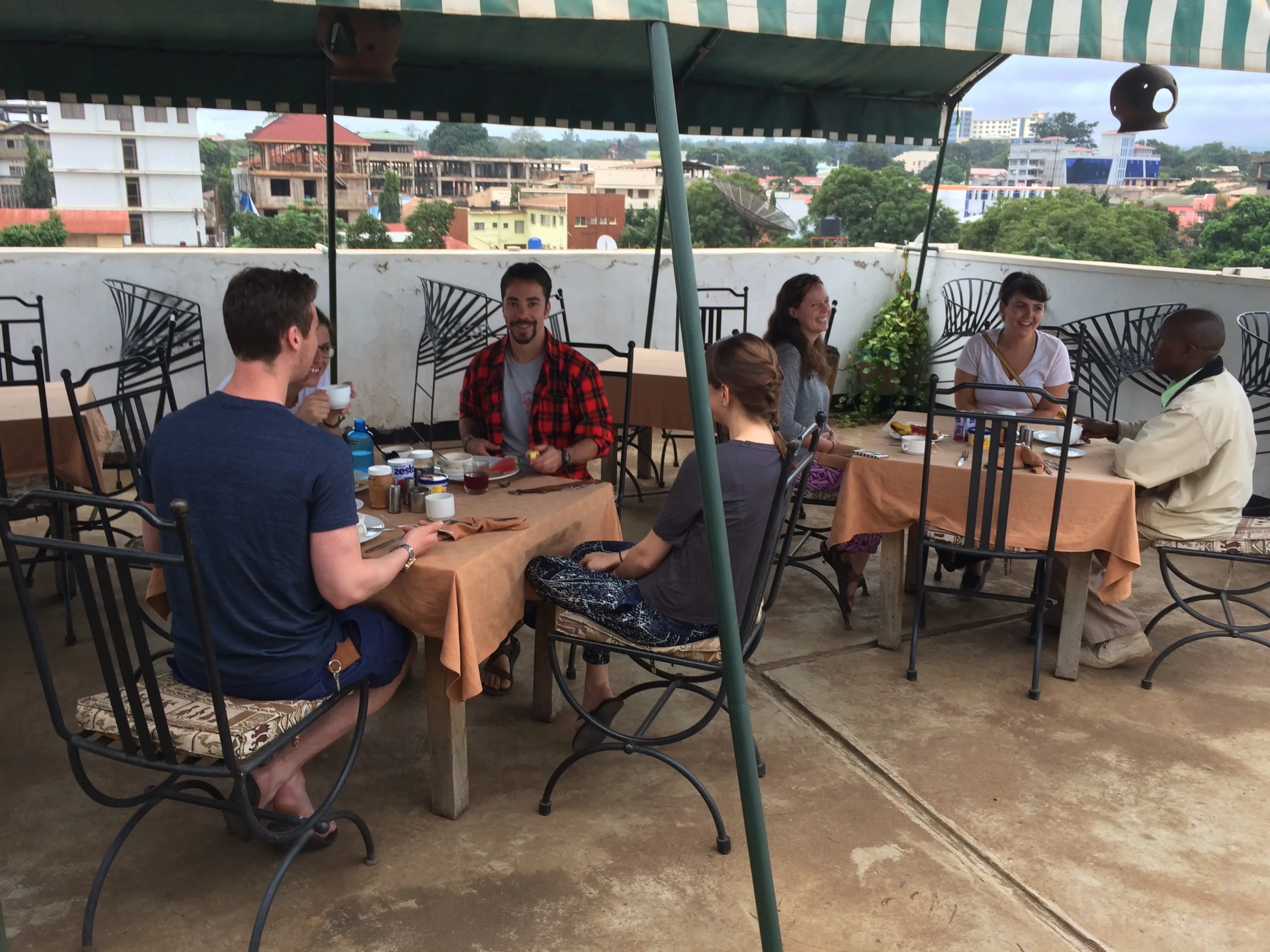

News From The Field: June 4, 2015
Erin Mann, Boston University
It has been one full week here at Kilimanjaro Bush Camp, more commonly referred to as “KBC,” but it feels like we have been here for much longer. It’s not that time is going by so slowly, but because we have seen and done so much that it is hard to believe that all those experiences occurred in one week. These are among the things that stand out the most during our first week here:
Baboons. Since our arrival baboons have been a frequent visitor. They are like the squirrels of Kenya, in that they are that ubiquitous, only they steal your food and are much cuter. I often wake up during the night hearing them running past my banda (room), and yelling their loud, screechy yell.
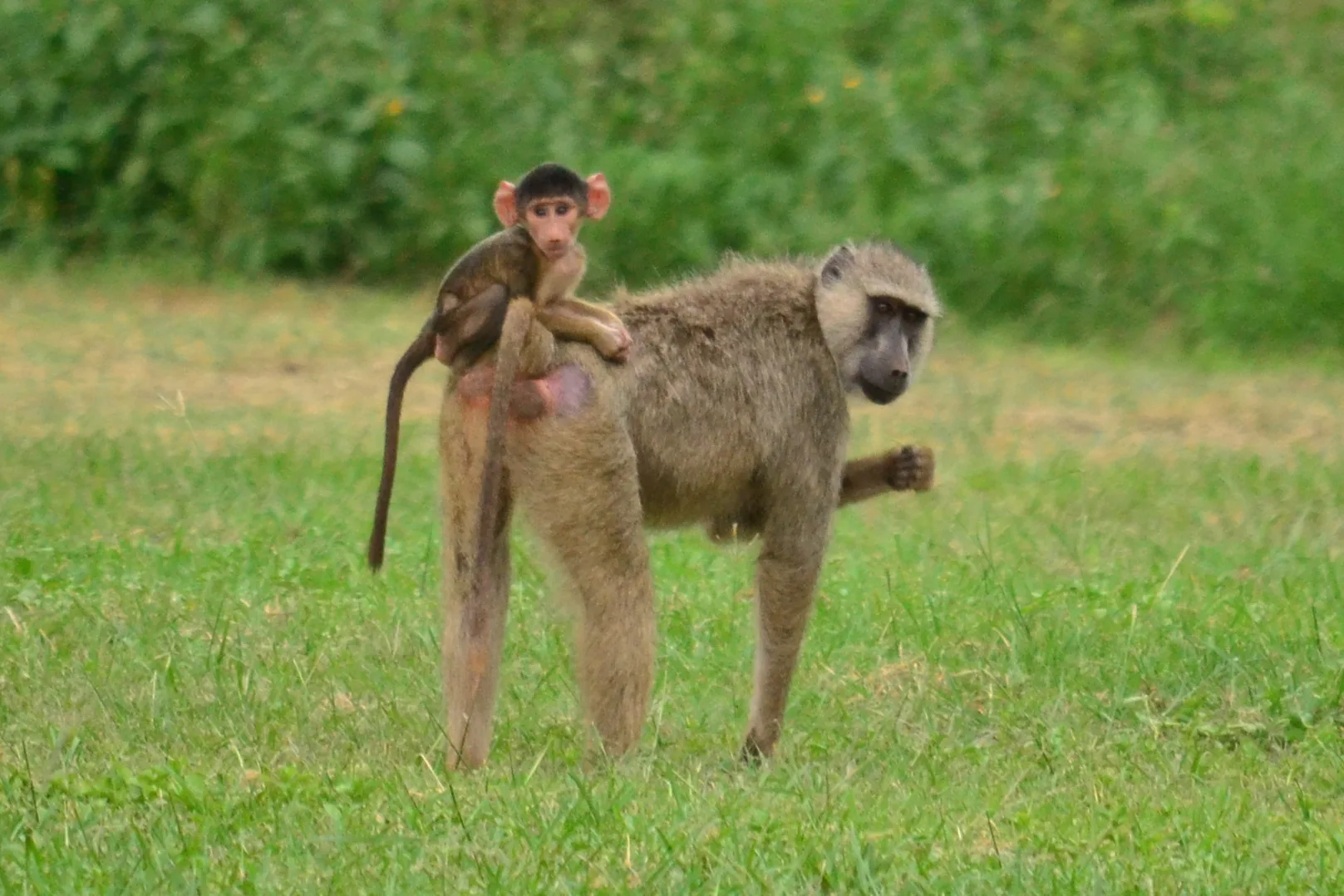
Napkins. There are none. You might not get why this stands out, but try depleting your home of that resource and then you’ll realize how useful those are.
Water. Kiringe, one of our professors, brought us to three water sites, each having a unique issue. Prior to going into the field, Kiringe described to us the main issues involving water in the area, such as the introduction to agriculture. Farming has become a common way for people in Kimana to make money. However, these are being established along one of the main rivers making it very susceptible to run off from the fields, which are saturated with pesticides. Livestock is also an issue, as they go into the river and defecate, thus contaminating it for the people downstream.
At the second site, Kiringe brought us to a more residential area where there was a cement slab (like a tunnel) with water flowing through. It was an open tunnel making it susceptible to all sorts of contamination, which Kiringe said was definitely contaminated with E. coli. As he was speaking there were women and children feet away from us drinking it. There was garbage surrounding the entire area and latrines in very close proximity to the water source, which Kiringe explained was in violation of government regulations.
The third water site was probably the most disheartening, in my opinion, because it was a project established as an attempt to fix the problem and it failed. While on site, cattle came through multiple times and eliminated their waste into the river. Not even 10 minutes went by until a man came through to rinse off and quench his thirst in the same source of water. It is one thing to learn it in a lecture, but to see it playing out before your eyes was astonishing. It made me realize how real and frequent it happens.
Maasai Mamas. Every Tuesday is market day in Kimana and we had our first experience going during our first week. We were warned about how persistent Maasai Mamas can be, especially with us mzungus, which is the term used for western folk. We were taught key words, such as “hapana” which means “no,” which came in very useful as I tried to fend off five Maasai Mamas who swarmed me urging me to buy jewelry. Then we had the Mamas come to KBC to teach us how to bead. Within one hour I was already finding the task of beading quite tedious and my back started to ache. We asked how long it takes the Mamas to create one piece; one Mama said it took two days because they have other responsibilities to tend to. I, and the rest of the group who participated in the beading, had a deeper appreciation for their craft and felt less inclined to barter their prices.
Later that same day, we had the opportunity to visit the boma (meaning “small village”) where the Mamas live. We were invited to take a look inside one of the homes. My first observation was how incredibly dark it was. It was a cement-like enclosure with a few small holes for ventilation. It was hard to imagine living there.
Wedding. We were invited to a traditional Maasai wedding. We all pitched in and bought a goat as a gift to present to the married couple. We arrived and saw the Maasai men chanting/singing and doing a dance. They were competing with each other for whoever could jump the highest. They did this the entire time we were there, which was about 2 hours. Upon arrival, one man collapsed to the ground and his legs were shaking. My natural instinct was to think that he was dehydrated and got a leg cramp, but the Maasai said he was “taken over by the spirit.” We later learned that some of the men take hallucinogens, so that might have been a reaction from the drugs.
We were welcomed with open arms, especially by the children who swarmed us to say hello, touch our skin and hair and play with our cameras and phones. I was so enamored by my surroundings that I didn’t watch where I was stepping and sunk my foot into a heaping pile of warm cow dung. I looked around and saw that it was practically covering the entire surface area, so I shrugged and surrendered to my surroundings. It was a picturesque day and I feel an overwhelming amount of gratitude for being able to participate and experience this in my lifetime.

Goat slaughter. Okello, the director of the SFS program in Kenya, held his annual director’s bash. Okello brought two goats to KBC (Kilimanjaro Bush Camp) to slaughter, cook, and eat. As a vegetarian, I was only an observing participant. The Maasai love to rejoice in this activity, as they see it as a bonding experience; they find much joy in it and love sharing it with others.
After the goat was killed it took a while to dissect and carve, so we sat around for a bit practicing our Maasai “cry” (kind of like a high-pitched yelp) with Okello, when in the distance we heard the warriors chanting, singing and yelping. They were on their way and responding to our call. They entered camp doing their tribal dance, like a hunched over hop/shuffle. Then they created a semi-circle and started doing their jumping competition. Most of us gave our best attempt to look half as graceful and adequate as the Maasai. We joined in what we in the states would call the “conga” line and did more dancing, chanting and yelping, then the Maasai started their hair twirling which looks so beautiful and mesmerizing together with their beaded necks and face paint. After 2 hours of this, the Mzungu’s were getting tired, but the Maasai seemed to have just as much energy as when they started, which we all were astonished by. It was finally time to feast, or “forage” as Okello would say, and everyone started eating the goat.
Many people decided to forego the goat ceremony, but I am glad I went if nothing else but to fulfill my own personal curiosity and to participate in a major cultural experience. My goal is to embrace it all while still being productive with my research.I am feeling excited and positive, and looking forward to the next four weeks here.
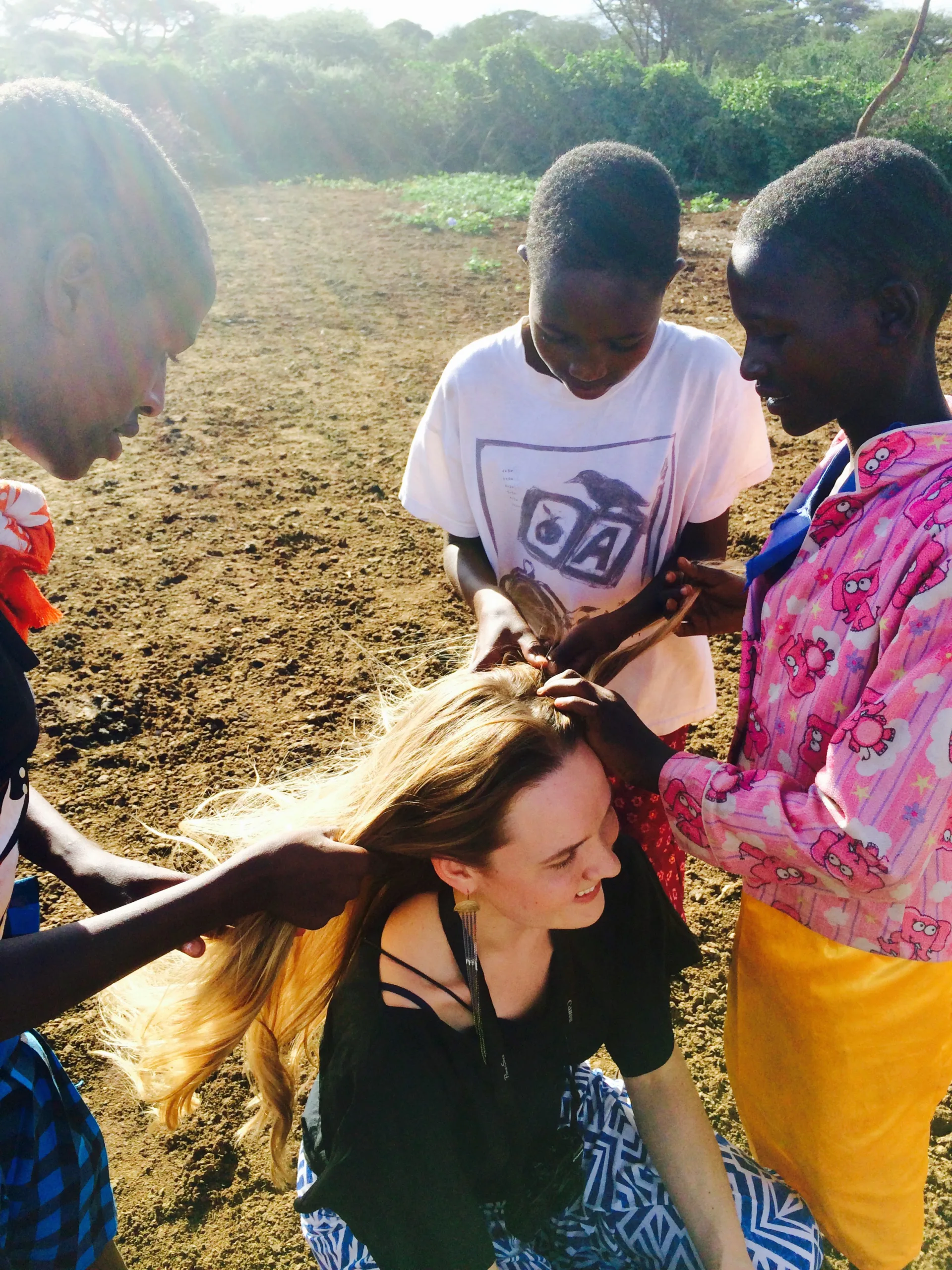
News From The Field: June 11, 2015
Jillian Baker, Boston University
Why did the elephant cross the road?
The why is irrelephant… it was simply awesome!

It’s been a busy past week for all of us at Kilimanjaro Bush Camp (KBC), but the time has certainly been full of adventure, learning, and animals! The highlight for many of us was going on safari on Sunday, and personally, I’m thrilled to check Number 1 off my bucket list: “Go on safari in Kenya!” It was an once-in-a-lifetime kind of day, and while rising before the sun was admittedly rough, we were treated to a gorgeous sunrise that lit up a rosy Mt. Kilimanjaro.

Even before we got to Amboseli, we were spotting wildlife left and right. Giraffes, grant gazelles, and guinea fowl all showed up to welcome us to the park and let us know we were in for a treat of a day.
Once we were inside Amboseli, it wasn’t long before we saw one elephant, then two, then three, then whole herds! It was incredible how massive yet graceful they were, and we were constantly marveling at them. And of course, the magic didn’t end there – we saw dozens of wildebeest romping around, some hungry, hungry (and apparently sleepy) hippos hanging in water, a few stylish birds strutting their stuff, zebras grazing, and even a lone hyena wandering through the grass. The animals weren’t the only thing that delighted us as we drove along – the landscape itself was incredibly gorgeous, with shades of green, orange, and blue across the horizon. We even saw a dot of pink in the distance when we noticed a flamingo hanging out with birds of less vivid coloring.

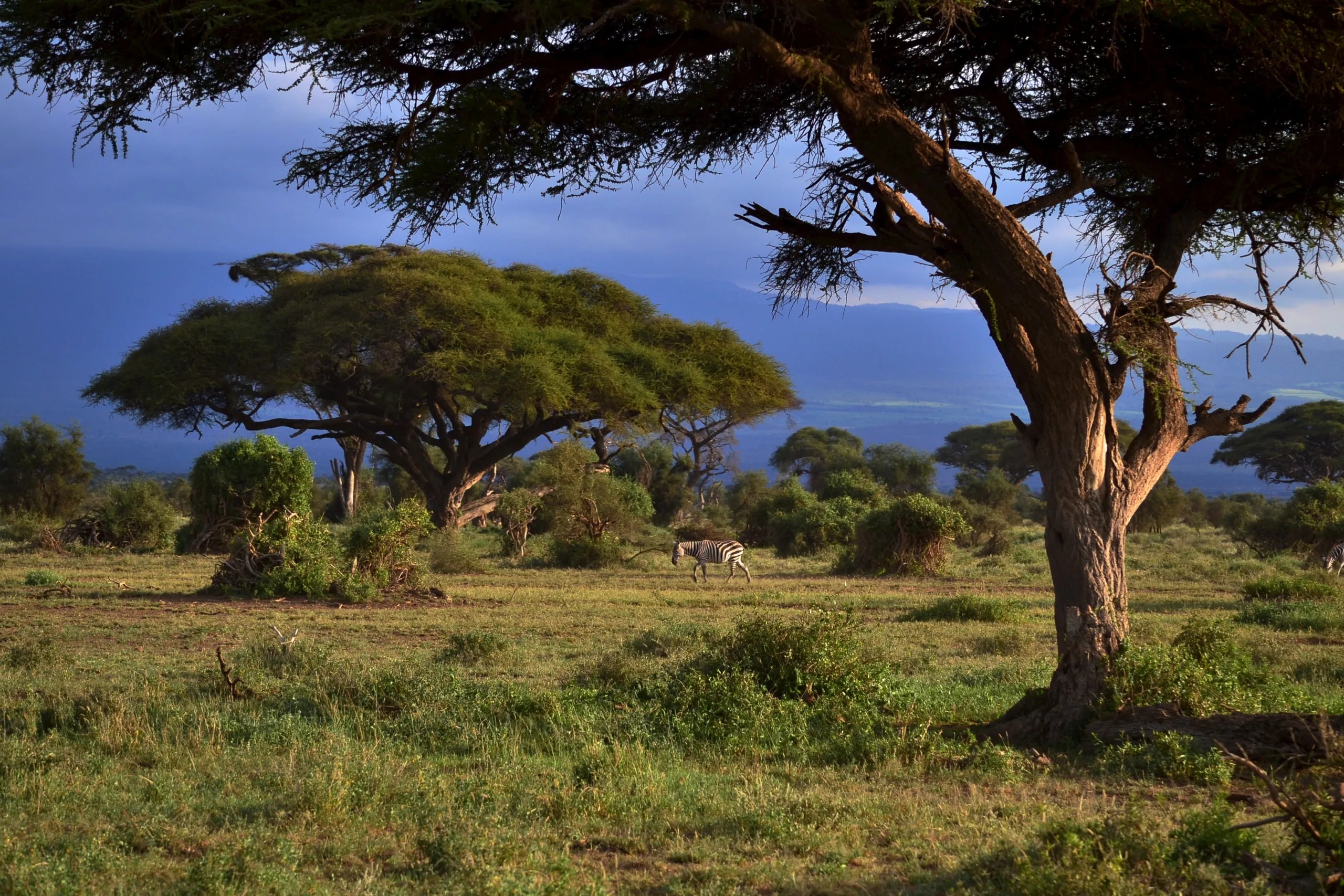
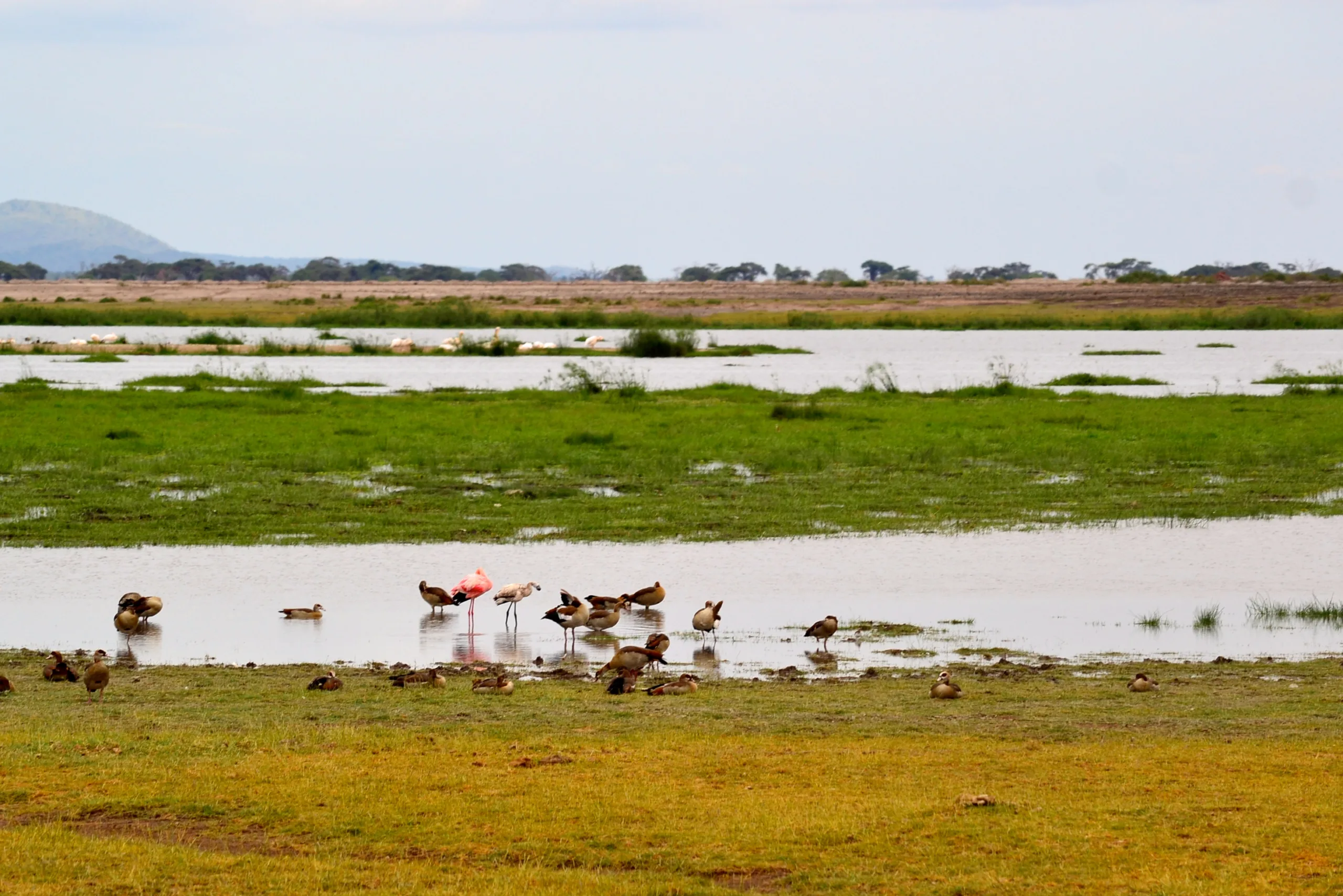
One of the common things to do on a safari is to look for the “Big Five”: African elephants, Cape buffalo, leopards, rhinoceroses, and lions. We had seen plenty of elephants, a few Cape buffalo, but we were itching for the others, especially the lions. We were told that we might get lucky as dusk approached, because many of the cats come out around that time. As luck would have it, on our way out of the park, one of our drivers spotted a female lion lyin’ in the grass! We all stopped the cars in amazement and stared. Or, if you were me, took about 200 pictures. After a few minutes, she was on the move and we followed. We saw her scoping out a bird and a gazelle. The gazelle noticed and quickly ran, but that didn’t deter our leonine friend, who hid herself in some tall grass. We had to keep driving to make it home by dark, so this story does not end in us witnessing the circle of life. However, it did end in a spectacular sunset, zebras crossing the road (to get to the other stripe), and 26 very happy and content students.


Another part of the SFS program involves giving back to the community through service. Our Student Affairs Manager, Chelsea, organized a great event where we set up educational booths for community members visiting the clinic. All of us have different interests within public health, so we were able to put our learning and passions to good use by setting up booths about water, sanitation and hygiene, HIV/AIDS prevention, non-communicable diseases, and maternal and child health. We distributed useful health supplies and information, and the more clinically-inclined in the group conducted blood pressure screenings to increase health knowledge. The day was quite successful, and it was great to learn more about Kimana and say thank you through our service.
Lastly, one of our main purposes here to is to gain public health experience working in the field, and this week, we finally began data collection. Our days are packed and exhausting, but we are interacting with the community, learning to work with translators, and immersing ourselves in more of the Kenyan culture. Over the course of the next week, we’ll be visiting 14 different communities and learning a ton along the way.
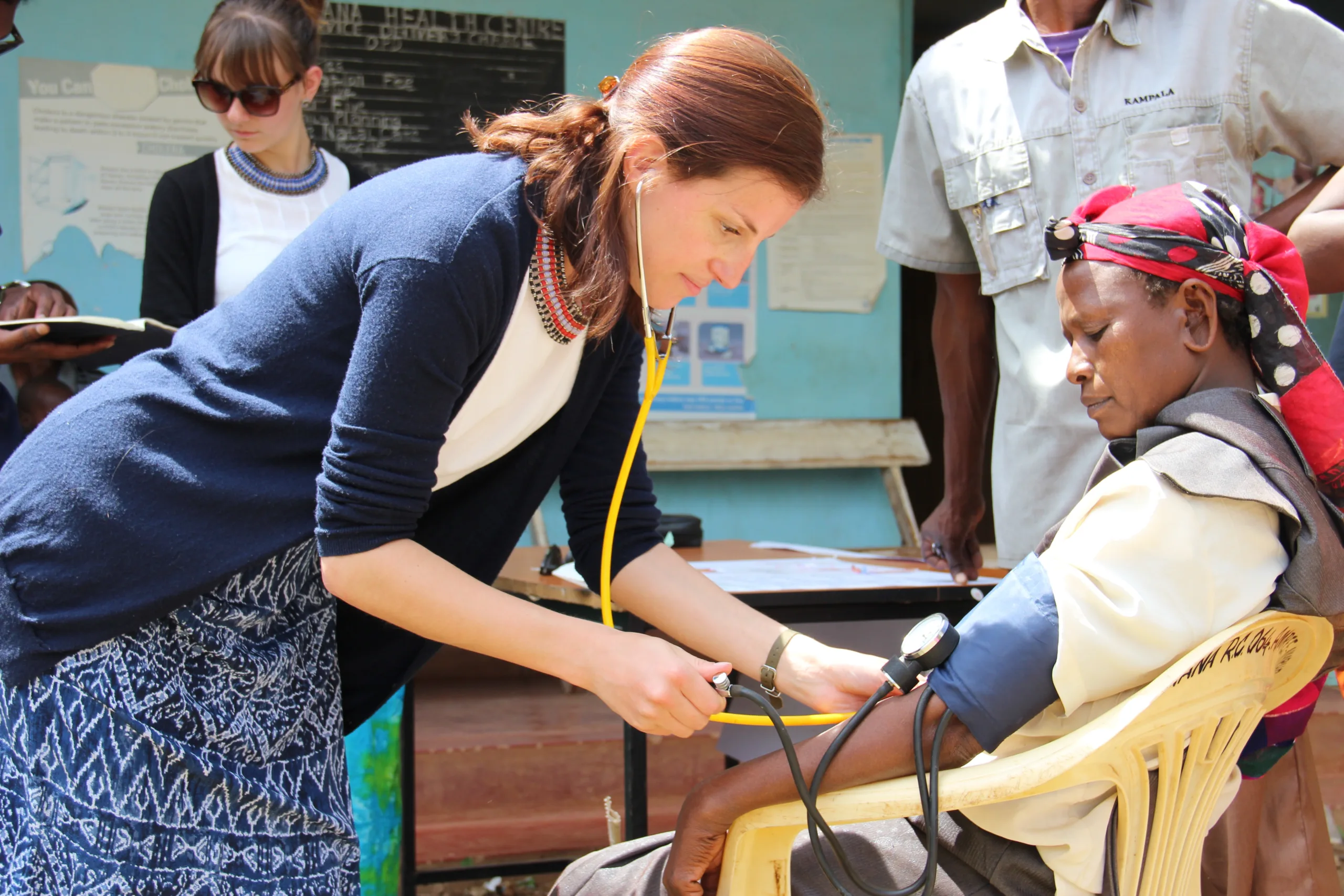
Related Posts

Bhutan Honored with the Murie Spirit of Conservation Award

